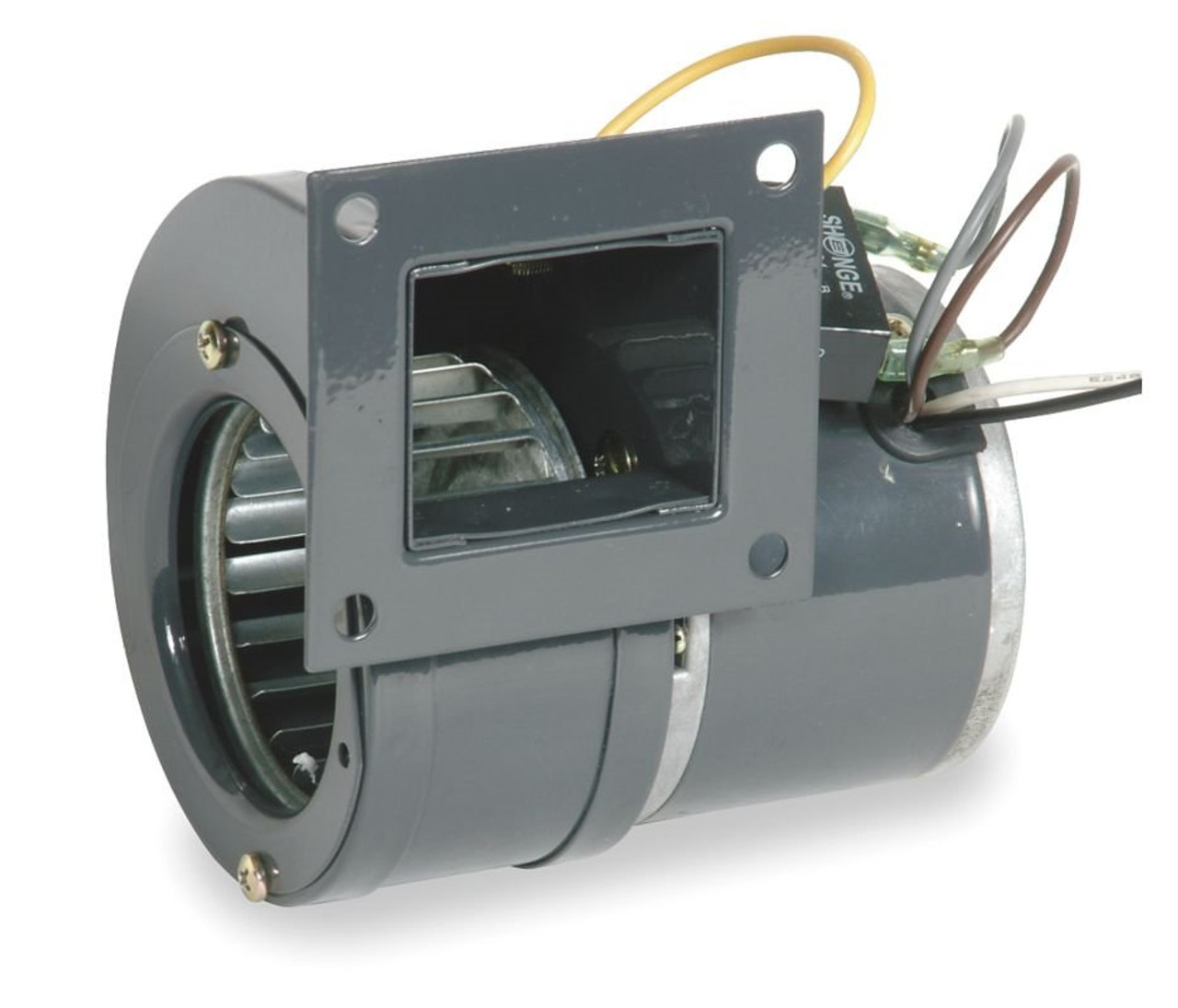Has anyone used MY heat pump in really cold weather?
Anyone know what ambient temperature is too low for HP to work effectively?
If there is a backup resistance heater, I'm not sure whether a user could even tell if HP is working.
Anyone know what ambient temperature is too low for HP to work effectively?
If there is a backup resistance heater, I'm not sure whether a user could even tell if HP is working.



